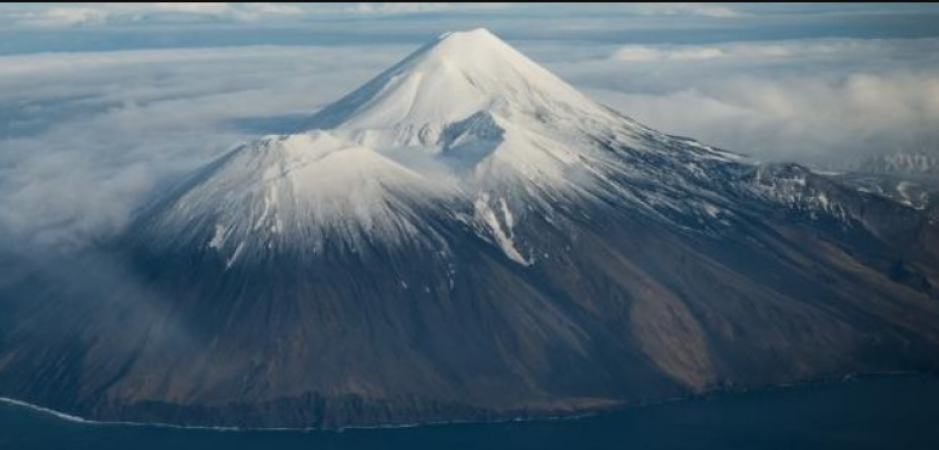
Alaska: A remote Alaskan volcano that has been dormant for more than a century is experiencing an increase in earthquake activity that may indicate an impending eruption.
The Alaska Volcano Observatory raised the alert level for Tanaga volcano to advisory status late Tuesday after the quake was very strong.
One after the other, several earthquakes per minute were observed by John Power, a research geophysicist with the US Geological Survey based at the Alaska Volcano Observatory in Anchorage.
Also Read: Next month Taiwanese President Tai Ing-wen will meet with US House Speaker Kevin McCarthy in the US
No earthquakes larger than magnitude 2.75 have occurred, but hundreds of smaller earthquakes have occurred, all concentrated below the volcano's summit. This suggests the volcano is experiencing serious unrest, Power said.
The man said that we are unable to predict whether there will be an explosion at this time. But we are so worried about it that we went ahead and raised the alert level.
Although the increase is concerning, he said that at times earthquake activity will subside without an eruption. Who knows where this particular wave of earthquake activity will lead," he said.
About 1,250 miles (2,012 kilometers) southwest of Anchorage, on an uninhabited island in the western Aleutians, where the volcano is located.
Also Read: Georgina Beyer New Zealand MP passed away on Monday
There are no settlements or buildings, but a town with about 170 residents on an isolated island, Adak, which is about 65 miles (105 kilometers) away, may have experienced ashfall.
If the volcano erupts, the plane will be at greatest risk. The jet routes between North America and Asia pass beneath the Aleutian Islands.
Volcanic ash plumes are sharp and angular, which can clog an airplane engine. Similar to the 1980 eruption of Mount St. Helens in Washington state, earlier eruptions have also produced viscous lava that retreated very slowly from the mountain as well as ash clouds.
It's very different from what you might see at Kilauea or Mauna Loa in Hawaii, for example, where lava flows in gorgeous red rivers down the side of a volcano, according to Power.
Tanaga is actually a component of a three-volcanic island complex. At 5,925 ft, it is the highest of the three (1,806 m). It is centrally located, with the 4,443-foot volcano Sajka to its west. A new cone has emerged at Sajaka, replacing the old one that fell in the North Pacific Ocean.
Takawanga, a 4,75-foot (1,449-meter) volcano east of Tanaga, is mostly covered by ice except for four craters, according to the Alaska Volcano Observatory.
Also Read: Despite repeated warnings Pyongyang accused Seoul and Washington of continuing military provocations
The most recent known eruption of Tanaga was in 1914. It erupted twice in the late 1700s and once more in 1829. In a press release, the observatory said that neither Takawanga nor Sajka ever knew about the eruption.
However, field research suggests that the Tanaga eruptions may have actually originated from those volcanoes.